.
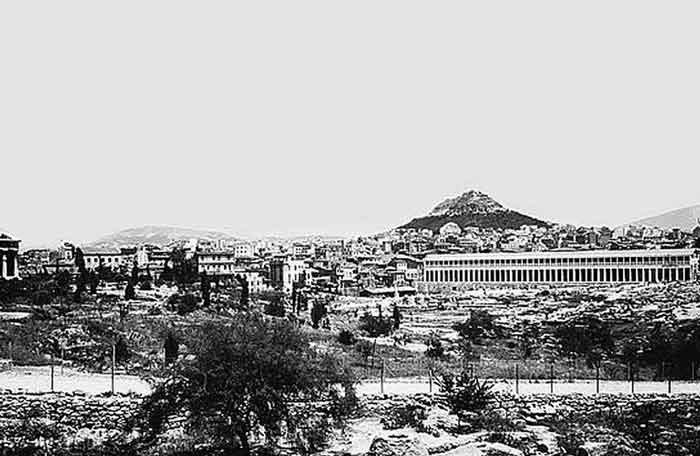
The Agora, Athens photo before 1946, Library of Congress
The Ancient Agora of Athens is the most well-known agora, located in Athens, Greece. The agora in Athens had private housing, until it was reorganized by Pisistratus in the 6th century BC. Although he may have lived on the agora himself, he removed the other houses, closed wells, and made it the centre of Athenian government. He also built a drainage system, fountains, and a temple to the Olympian gods. Cimon later improved the agora by constructing new buildings and planting trees. In the 5th century BC there were temples constructed to Hephaestos, Zeus, and Apollo. The Areopagus and the assembly of all citizens met elsewhere in Athens, but some public meetings, such as those to discuss ostracism, were held in the agora. Beginning in the period of the radical democracy (after 509 BC), the Boule, or city council, the Prytaneis, or presidents of the council, and the Archons, or magistrates, all met in the agora. The law courts were located there, and any citizen who happened to be in the agora when a case was being heard, could be forced to serve as a juror; the Scythian archers, a kind of mercenary police force, often wandered the agora specifically looking for jurors.
The agora in Athens again became a residential area during Roman and Byzantine times.
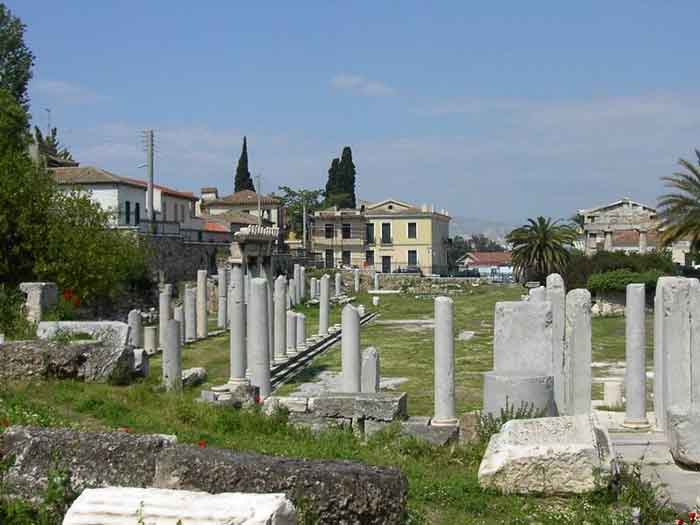
Remains of the agora built in Athens in the Roman period (E of the classical agora). (Photo, Adam Carr, 2002).
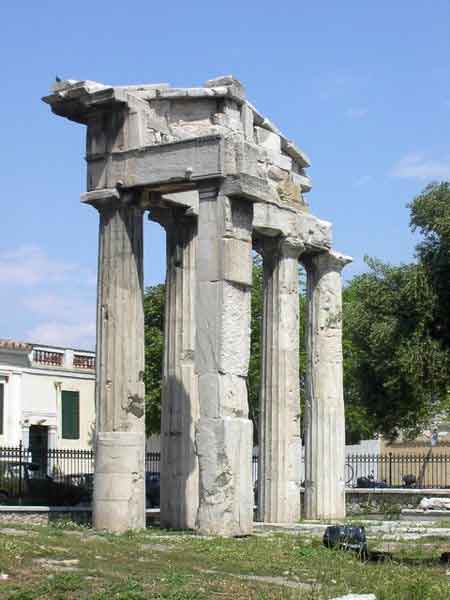
Remains of the W gate into the Roman period agora (Photo, Adam Carr, 2002).
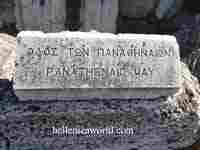
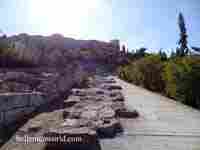
Panathenaic Way , Panathenaic Way ,
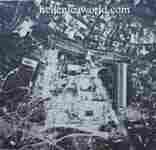
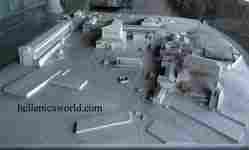
Aerial View of the Agora, Athens, Restoration of the Agora,
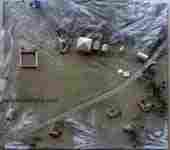
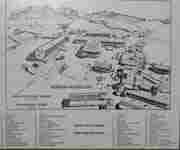
Athenian Agora, 500 B.C. , Athens Agora, ca. 150 A.D.,
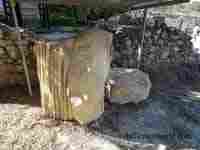
Cult Statue From The Southeast Temple,
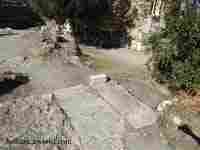
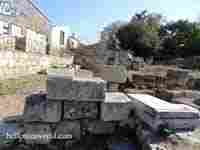
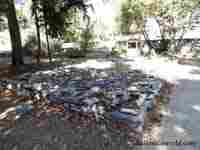
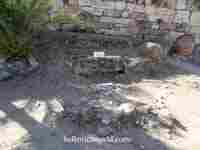

The Tholos in the Athenian Agora,

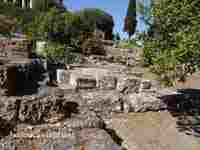
Altar of Zeus Agoraios, Temple of Zeus Phratrios and Athena Phratria,
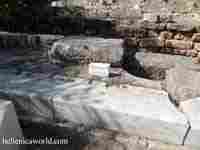
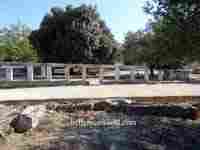
Metroon, Monument of the Eponymous Heroes,

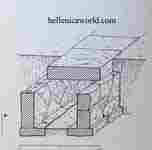
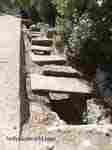
The House of Simon the Cobbler, Restored view of the Great Drain, Great Drain,
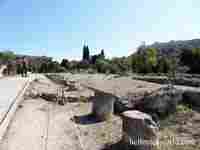
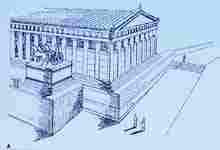

Odeion of Agrippa and Gymnasium
or Palace of the Giants :
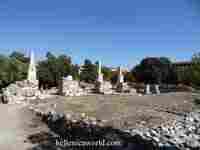
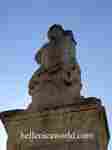
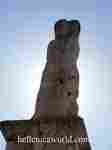
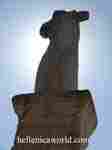
Odeion of Agrippa: Giant, Giant, Giant,
Temple of Hephaistos (Thiseion)
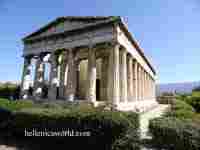



Αρχαιολογικό Μουσείο Αρχαίας Αγοράς



Head of Aphrodite or Demeter, Torso of Artemis Boulaea, Statue of Eros,
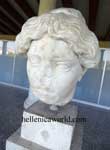


Head of a goddess, Statue of youthful Herakles, Statue of youtful Hermes,
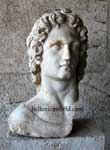


Bust of the sun-god Helios, Winged Victory, Head of a Triton from the Odeion of Agrippa,

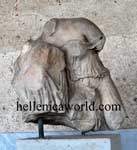
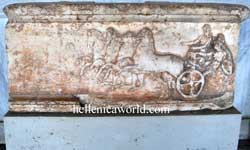
Statue of Aphrodite, Group of ephedrismos , Monument base for the victory of Krates,
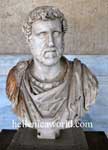
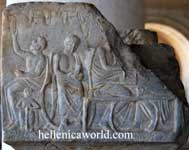

Antoninus Pius, Votive stele (cobbler's workshop), Herm in the form of a sleeping Silenus,



Head of a goddess, probably Nemesis, Statue of Athena, Moiragenes, son of Damokles,
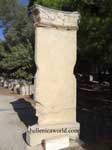
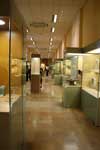
1 ,
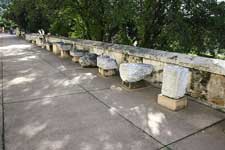
2,

3,


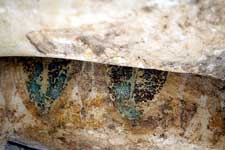

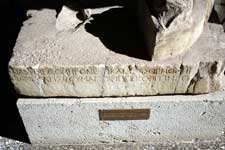
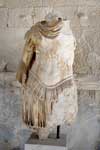
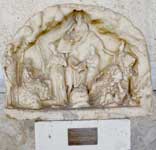






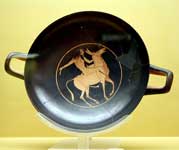


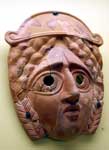


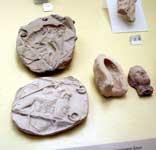

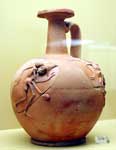

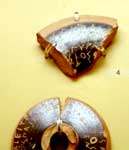
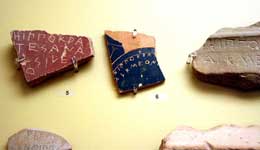
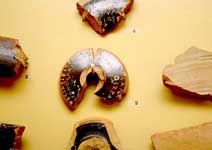


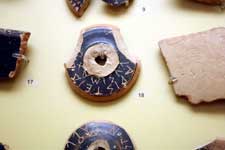
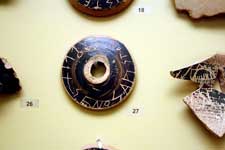
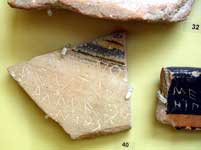
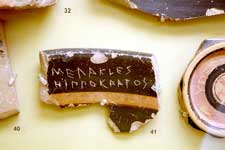
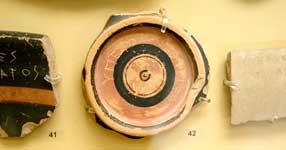
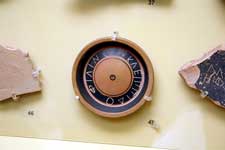
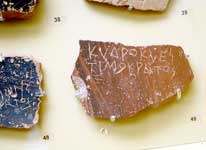
See also Ostracism
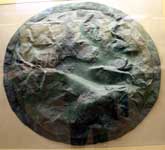
39,

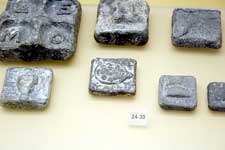
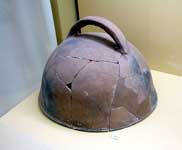

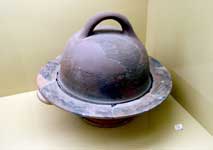
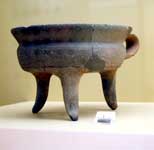
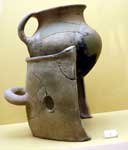
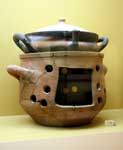
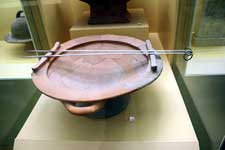
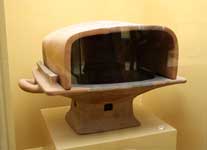
Athenian Cookery and the Symposium
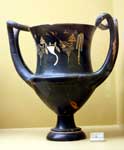
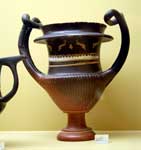
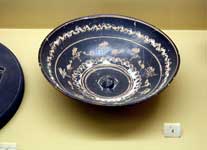
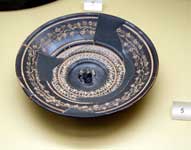

54,
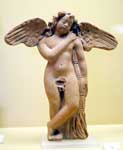




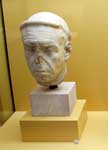







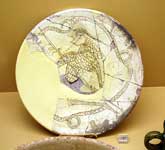
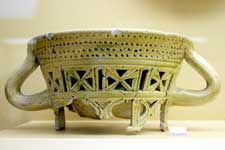


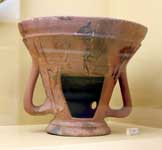
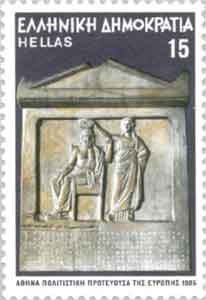
Demos of Athens being crowned by Democracy, Agora Museum, Athens (Stoa of Attalos)
See also Athens Agora
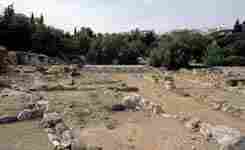
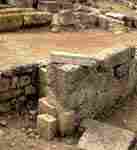
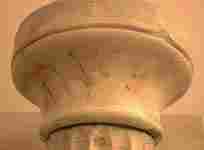

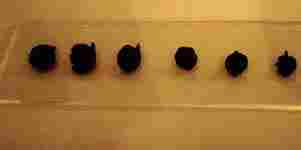
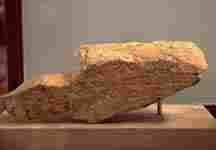
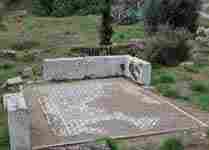
7,

Demos of Athens being crowned by Democracy, Agora Museum, Athens (Stoa of Attalos)
Links and references
Agora Excavations - American School of Classical Studies Agora excavation project.
Map of the Agora of Athens in Socrates and Plato's time
| Ancient Greece
Science, Technology , Medicine , Warfare, , Biographies , Life , Cities/Places/Maps , Arts , Literature , Philosophy ,Olympics, Mythology , History , Images Medieval Greece / Byzantine Empire Science, Technology, Arts, , Warfare , Literature, Biographies, Icons, History Modern Greece Cities, Islands, Regions, Fauna/Flora ,Biographies , History , Warfare, Science/Technology, Literature, Music , Arts , Film/Actors , Sport , Fashion --- |

